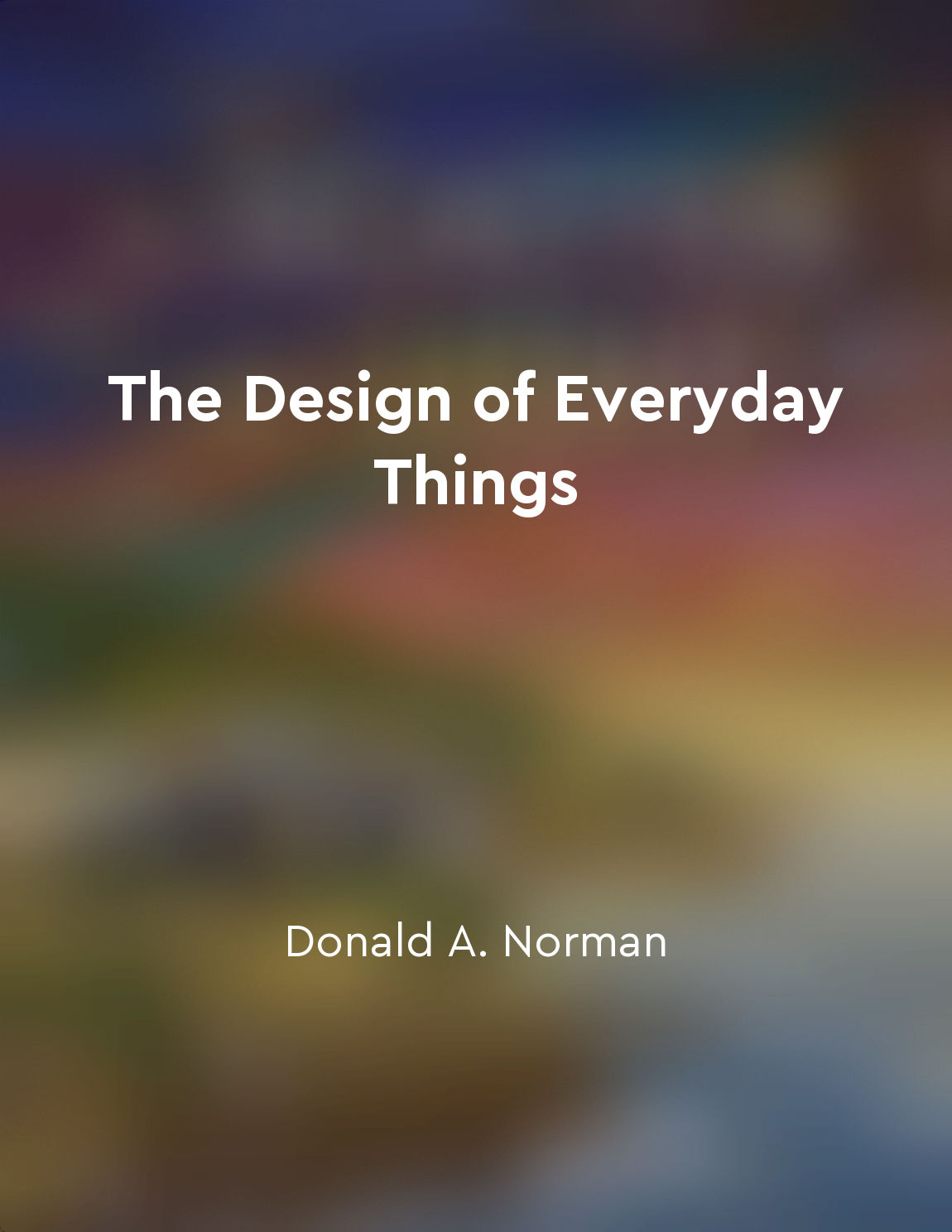Think in terms of visual relationships from "summary" of The Non-designer's Design Book by Robin Williams
When we design, we are not just putting elements on a page randomly; we are creating relationships between those elements. These relationships are visual, and they help guide the viewer's eye through the design. By thinking in terms of visual relationships, we can create designs that are more cohesive and easier to understand. One way to think about visual relationships is to consider the proximity of elements on the page. When elements are close together, they are perceived as being related to each other. For example, if you group related items together on a page, such as a headline and a subhead, the viewer will understand that those items are related. Another important aspect of visual relationships is alignment. When elements are aligned with each other, they create a sense of order and structure in the design. For example, if you align the text in a block of copy so that it is all flush left, the viewer will be able to read the text more easily. Contrast is also a key component of visual relationships. By using contrasting elements, such as different colors or sizes, you can create visual interest and draw the viewer's eye to important parts of the design. For example, if you use a bold font for a headline and a lighter font for body text, the headline will stand out and grab the viewer's attention. Repetition is another important aspect of visual relationships. By repeating certain elements throughout a design, such as colors or shapes, you can create a sense of unity and consistency. This helps tie the design together and make it feel more cohesive. By considering these visual relationships in your designs, you can create more effective and engaging compositions that are easier for viewers to understand. Thinking in terms of visual relationships helps you create designs that are not only visually appealing but also communicate your message clearly and effectively.Similar Posts

Discoverability is key for user interaction
Discoverability is key for user interaction. The design of everyday things should make it easy for users to understand how to i...
Eliminate jargon and complex language
The goal is to communicate clearly and effectively, which means eliminating unnecessary jargon and complex language that may co...

Practice mindfulness and be present in the moment
Mindfulness is a concept that has gained popularity in recent years, and for good reason. It involves being fully present in th...
Showcasing character development
Character development is a crucial aspect of storytelling that involves showing how a character grows and changes throughout th...
Practice active and engaged communication in all interactions
Active and engaged communication is a fundamental aspect of effective communication that can greatly impact the outcome of any ...
Develop strong organizational skills
To succeed as a student, it is essential to possess strong organizational skills. Being organized means having a system in plac...

meaningful
The concept of meaningful presentations goes beyond just delivering information. It is about creating a connection with your au...
Cultivate a passion for lifelong learning
The idea of continually seeking knowledge and expanding our understanding can be incredibly enriching and fulfilling. It allows...
Audio/video transcripts benefit all users
Transcripts of audio and video content on websites are beneficial for all users, regardless of their abilities. These transcrip...
Analyze your data to refine your strategy
To maximize your success in the digital world, you must constantly analyze the data you collect. This is a crucial step in refi...
